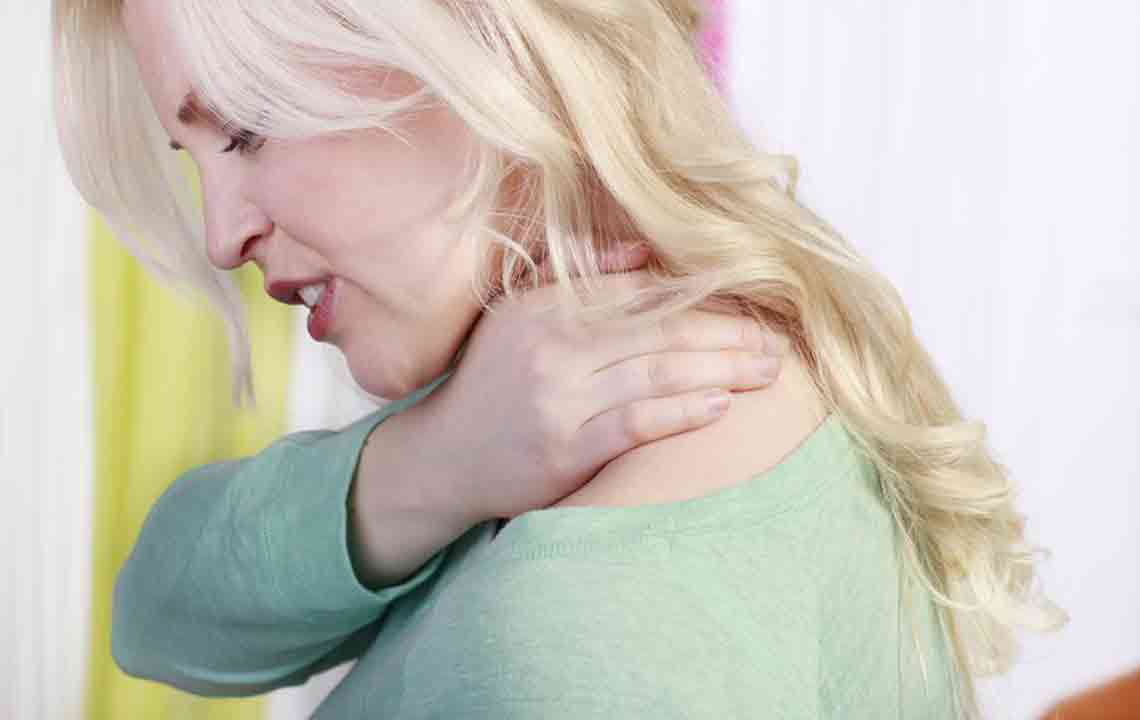The Never-ending Pain: Chronic Pain, Its Symptoms and Treatments
Imagine if y ou were mending your car and accident al ly bruised your finger while doing so, and feel a sudden rush of pain. A fter nursing the wound the injury heals an d voila! There is no more pain and this is not chronic as well .
apparent pain is different than your regular one .

W hat Causes Chronic Pain?
Let’s go back to the starting of the article , the reason you feel the pain when you have accident al ly bruised your finger is that of a series of messages that runs through your nervous system. Your injury turns on the pain sensors which send messages to your brain in the form of electrical signals. Your brain then processes this signal, and a signal is transmitted to repair the injury. Once the injury is healed and the cause of the pain is resolved, your brain stops sending these signals as it is no more needed. Unlike this , what happens in chronic pain is that these signals or messages do not stop and you still feel pain in some part of your body, in this example your finger.
There are no defined reasons as to why some feel chronic pain while others don’t and it can start because of no obvious reasons. But years of medical experience says that in many it starts because of some health condition or some previous injury. Some of the causes are
- Past surgeries or injuries
- Nerve damage
- Arthritis
- Fibromyalgia
- Back problems, migraines or some other form of a headache .
Categories of Chronic Pain
Your body feels pain in a different part and due to a different reason , giving classification to the type of chronic pain. 7 classifications are accepted throughout by all medical practitioners.
- Chronic primary pain: It means having continuous pain for more than three months in one or more anatomical regions which can’t be explained.
- Chronic cancer pain: Pain caused due to treatment related to musculoskeletal, visceral, or having bony pain as well as cancer pain .
- Chronic posttraumatic pain : any pain that lasts three months’ post-trauma or surgery, this does not include infectious or preexisting conditions.
- Chronic neuropathic pain: caused by damage to the somatosensory nervous system.
- A chronic headache and orofacial pain: originating in the head or face, and occurs for 50% or more days over a three months’ period.
- Chronic visceral pain: originating in an internal organ.
- Chronic musculoskeletal pain: originating in the bones, muscles, joints or connective tissue.
What are its Symptoms?
As the pain ranges from mild to severe, what needs to be checked here is if it is persistent. Some of the symptoms are consistent stiffness, soreness, burning or shooting pain, a dull ache, trouble in sleeping, mood changes, lack of energy etc. We recommend that you see a doctor if you have one or more of these symptoms. Don’t be alarmed, it may or may not be chronic pain, but it’s always better to be safe than sorry.
What are the Treatments?
B efore we tell you about the treatments, we want you to understand that chronic pain cannot be treated. Don’t be disheartened by this, as chronic pain can very well be managed to make you do your day to day activities with ease and comfort. A doctor usually prescribes your treatment depending on the pain intensity and your health.
- Medication: O over the counter pain relief drugs are prescribed to treat chroni c pain. Some of these are house hold names like ibuprofen or aspirin. We strictly recommend you not indulge in self-treatment and seek a doctor so that he/she can prescribe the best medication program for you.
- Medical Procedure: D epending on your condition your doctor may recommend therapies like acupuncture, nerve block, electrical s t imulation, or surgery. Surgeries are done to correct injuries that may have been improperly healed and that may be contributing to the pain.
- Lifestyle changes: These include lifestyle changes that ask for your active involvement. These may be slow but are effective therapies and involve taking up Yoga, Tai Chi, psychotherapy, massage, and art and music therapy.
Chronic pain does not only take a toll on your physical health but also your mental health as well. But the good news is that can be managed by your active involvement, s eek a professional help and get help from your closed ones if you are having difficulty in maintaining the day to day activities.


